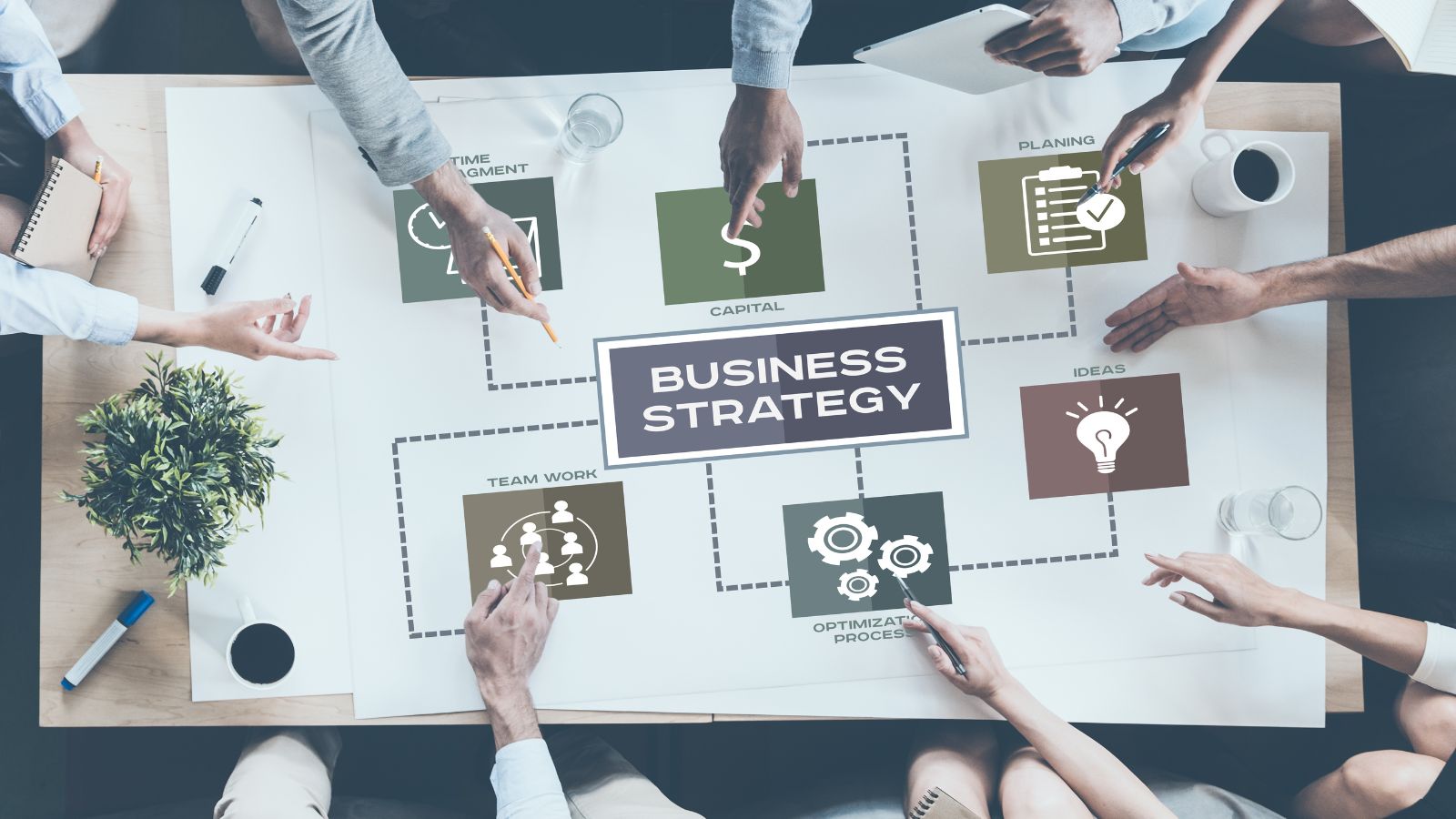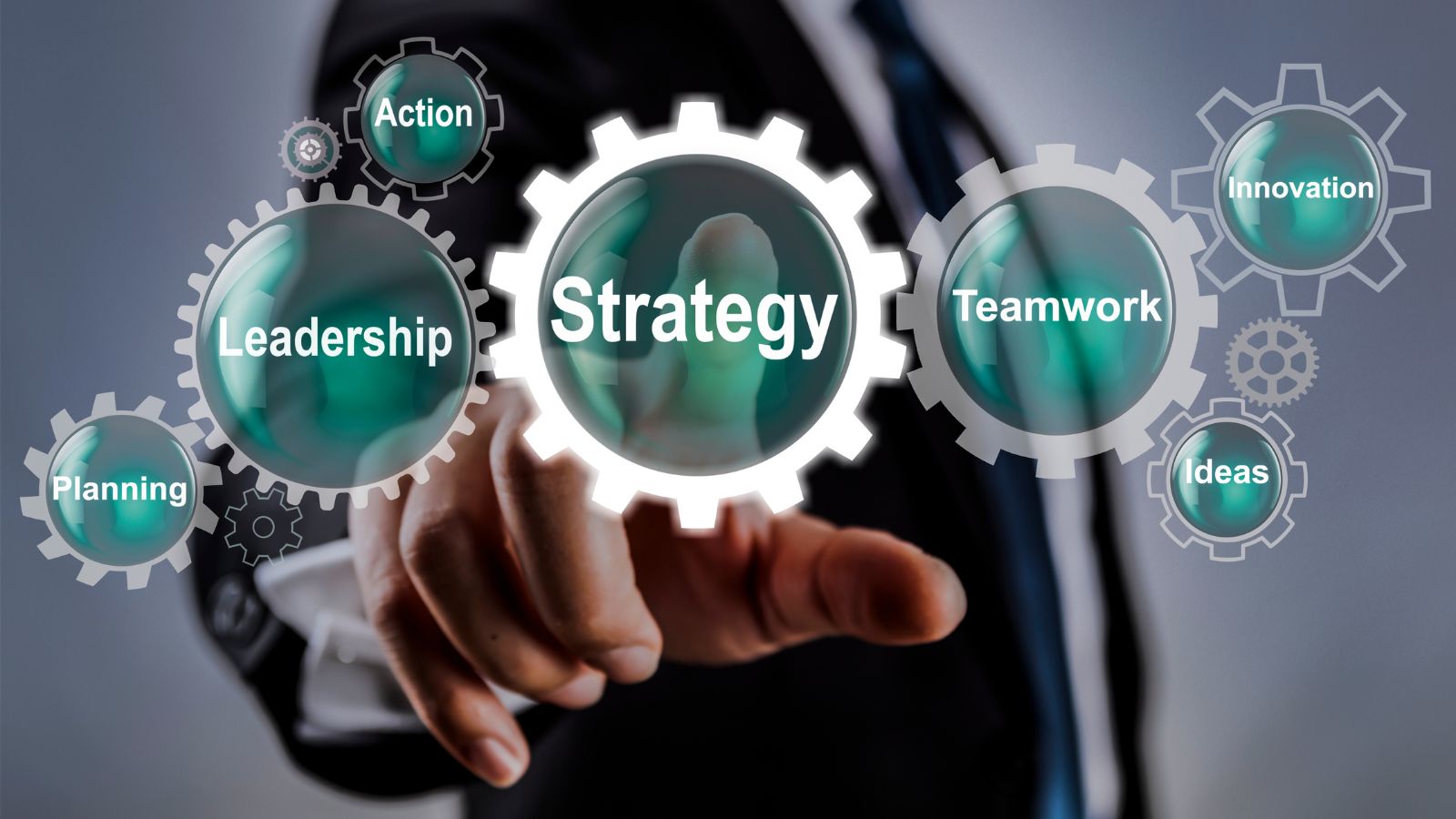
As the world continues to digitize and businesses are ever on the lookout for the newest innovations to surpass their competition, alternative means of content generation and distribution have arrived. One such alternative is a headless content management system (CMS). A headless CMS is one where the generation and consumption processes are decoupled; thus, a headless CMS allows a business to create its content in one place, manage it in one location, yet nimbly deploy across various sites. A headless CMS revolutionizes the content experience for management and efficiency while rendering a more impactful, engaged experience.
Understanding Headless CMS and Its Key Features
A headless CMS means that the content management system is not connected at all to the delivery system (presentation layer). This decoupled method gives enterprises greater management ease of the content along with the opportunity to deliver that content through a whole new set of avenues. A headless CMS is a software solution that exists on the web and uses application programming interfaces (APIs) to facilitate multi-content delivery across diverse frontends. In other words, instead of a content management system solution that reins in content delivery through one frontend, a headless CMS allows the same content to reside across websites, mobile devices, applications, IoT devices, digital display kiosks, and even through AR/VR.
When content strategy relies upon an API, it’s a game changer. This is one of the key reasons how headless CMS transforms digital content strategies. A global company can house all its content in one centralized backend and yet have a simplified front-end operation to create localization and personalization. For instance, in-the-moment push notifications to one app, inventory controlled across retail websites, digital displays in physical storefronts all of these are allowed through a headless CMS, which enables access to all of the content through one seamless interface for anyone or anything that needs it. Yet another benefit of moving to a headless CMS is the flexibility to adjust to changing market demand. For instance, if something new and digital becomes all the rage, those brands with a headless CMS can quickly plug into that digital initiative without having to start from scratch for content delivery.
That type of access saves time and money and puts brands in a position to explore other potential growth opportunities. Furthermore, a headless CMS champions omnichannel marketing efforts since it empowers customers to receive the same customized experience no matter how they interact with the brand. If a customer logs onto the brand website on a traditional desktop screen, purchases an item through the mobile app, or speaks with the brand via a voice-assistant app, a headless CMS infrastructure enables a company to offer the same pleasurable experience across the board. Thus, in a rapidly evolving digital landscape, a headless CMS is critical for companies due to such versatility and scalability.
Personalization and User Engagement
One of the most critical elements of a successful marketing strategy is personalization, which a headless CMS provides for such successful, personalized content generation and delivery across all digital marketing channels. While a traditional CMS does not provide such comprehensive access to generate personalized experiences based on needed data, a headless CMS does via its internal analytic tools and CRM (customer relationship management). Thus, an enterprise has all the information it needs literally at its fingertips regarding engagement with the site, any previous purchases, purchase history, and interactions with other customers and employees, demographic composition, and more.
This not only makes sure the correct content is sent to the correct customer; it also makes sure the correct marketing strategy up until that point is applied. For example, an eCommerce website can use a headless CMS to make recommendations based on someone’s prior purchases, their browsing behavior, or even their IP address. Imagine someone on the checkout page, and accessories are recommended because the CMS acknowledges previously purchased items; what would appear to be a common occurrence can essentially become a highly customized experience. Likewise, a newspaper could use a headless CMS with just as much power since it, too, can compile all the data learned over time to create a customized news feed or recommended articles to keep consumers in their wheelhouse.
But personalization is more than the application. A headless CMS is a means of disseminating customizable content across all channels and all endpoints, whether a website, app, social media, or even IoT devices. For instance, this fitness company can create personalized content for its website and social media and IoT devices like a Fitbit by providing guided workouts with custom challenges. It’s all from the information gleaned, cataloged, and retrieved from within the headless CMS. Thus, developing personalized content for them fosters a relationship with the consumer and ensures they return. Never before have brands been so close to achieving such things. With headless CMS allowing the availability of such personalized experiences, brands are now able to reach their customers on a truly personal level.
These are micro-stories of how one headless CMS transformed digital content efforts to keep brands above water in some of the most competitive spaces with improved engagement rates and, ultimately, improved conversion efforts in a digital world that is now hyper-personalized. It’s every marketer’s wish to connect with the proper person, at the proper time, with the proper message.
Enhanced Multi Channel Content Delivery
These days, thanks to an ever-digitized and interconnected world, users access content from various touchpoints. A headless CMS supports this multi-channel approach, enabling companies to disseminate similar content across their websites, social media feeds, mobile applications, and more. Whereas, for example, a restaurant group could integrate all its marketing from its website to its delivery app to the tablets employed in its brick-and-mortar locations through a headless CMS. The customer experience would be consistent no matter the customer-facing front end. In addition, a CMS such as Storyblok would allow the company easier access to adjust what it needs across the board with WYSIWYG-type access for all locations.
Scalability and Future-Proofing
Maybe the most impressive element of a headless CMS is scalability. With company growth comes content growth. Headless CMSs make it easy for companies to enhance their content flexibility over time and integrate with technologies later on, for example, voice technology and wearables. A perfect example of a highly scalable headless CMS is Storyblok, which employs a modular content creation approach where content is created once and can be repurposed and reused across channels to eliminate redundancies and create efficiencies in the workflow. Therefore, a large-scale international retailer with physical stores worldwide and web presences in multiple countries and languages can seamlessly operate its scaled endeavor through Storyblok and retain the same brand messaging across the board.
Faster Development and Workflow Efficiency
Content Management Systems have always bogged down developers. It creates a halt in development as new sites, other campaigns, and content changes take time to get the desired look and feel. With a headless CMS, this no longer is an issue as developers and marketers do not need to work in conjunction to realize their vision and they do not need to realize each other’s vision, to boot. Developers can create the app or website on React, Vue.js, or any software they see fit, and the marketers can use the WYSIWYG editor to adjust and edit content without the need for any further site adjustments. Projects are completed faster, and marketing projects go into overdrive and are launched ahead of schedule. Using headless technology allows for efficiencies of operations and productivity that maintain a competitive advantage.
Conclusion: Embracing the Future with Headless CMS
The advantages of the headless CMS solution provide an invaluable competitive edge for companies seeking to improve their content management systems flexibility and customization, scalability, and faster development time. Thus, the companies that adopt this 21st-century content management solution will effortlessly build cohesive and engaging experiences across all channels, fueling a content approach for the future that keeps them competitive in their ever-evolving digital arenas. In conclusion, Storyblok is just one of multiple headless CMS solutions that can transform a company’s content digital landscape from capability to user-friendliness. For those companies with international campaigns or those companies that need micro-targeted, hyper-personalized experiences, the opportunity to integrate a headless CMS will be their breath of life and ongoing success in the content digital world.




